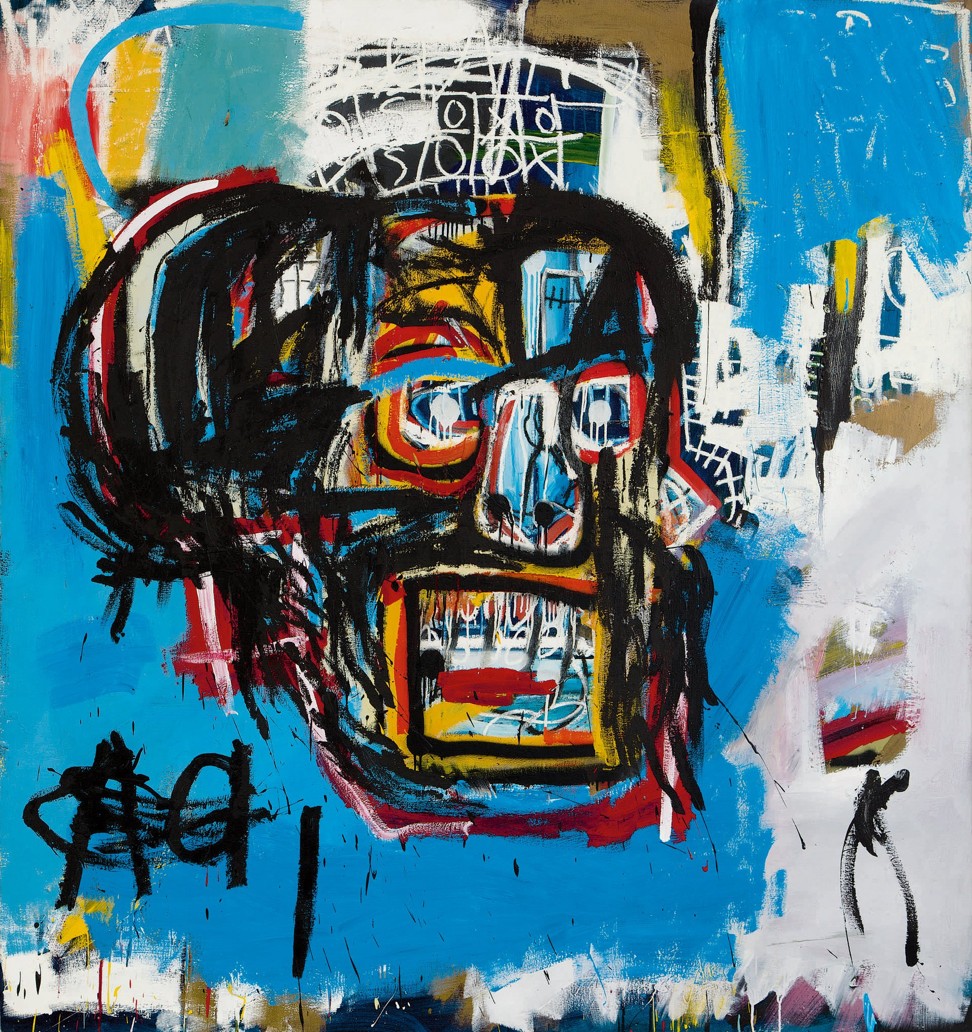
Street art icon Basquiat gets first major UK show at the Barbican: ‘Boom for Real’
Nearly 30 years after the death of the trailblazing artist, more than 100 of his works are being displayed at the Barbican Art Centre in London – but according to superfan Banksy, there is a certain irony in the choice of venue
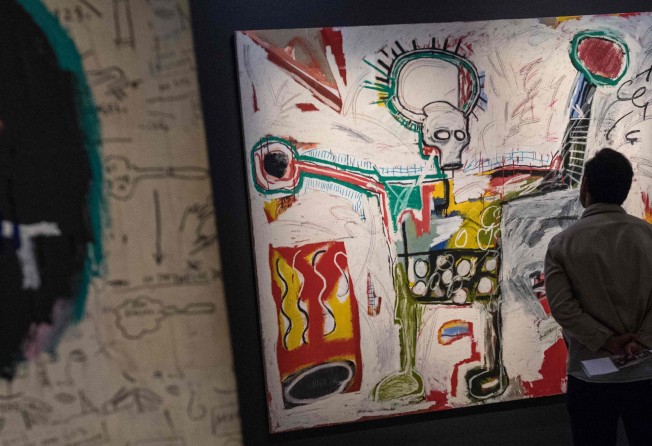
The explosive works of Jean-Michel Basquiat, a trailblazer in the New York art scene of the 1970s and ’80s, are to be shown in London starting this week in his first major British exhibition, titled “Boom for Real”.
The former graffiti artist, who died in 1988 at just 27 years old, mined a huge range of influences including jazz, pop culture, abstract and primitive art, and old masters in producing his dynamic and distinctive paintings, earning him a devout legion of supporters.
“These works are able to induce almost maniacal passion in people; once you get hooked there’s no going back,” said Eleanor Nairne, curator at the Barbican Art Gallery, where the exhibition opened on Thursday. “His work is really expressive, loose, free. Very rough and ready, but with that raw texture to it, teeming with thoughts, influences.”

His Untitled work sold for a record US$110.5 million in New York this year, a sign of the increasingly high esteem in which his work is being held.
His vibrant, busy pieces reveal a stream of consciousness, absorbing influences from high and pop culture – including jazz master Charlie Parker, Leonardo da Vinci, Henri Matisse and Looney Tunes’ Road Runner – and reproducing them in abstract forms. Common motifs include the use of symbols and text, often repeated in blocks, exploring themes such as colonialism and class politics.
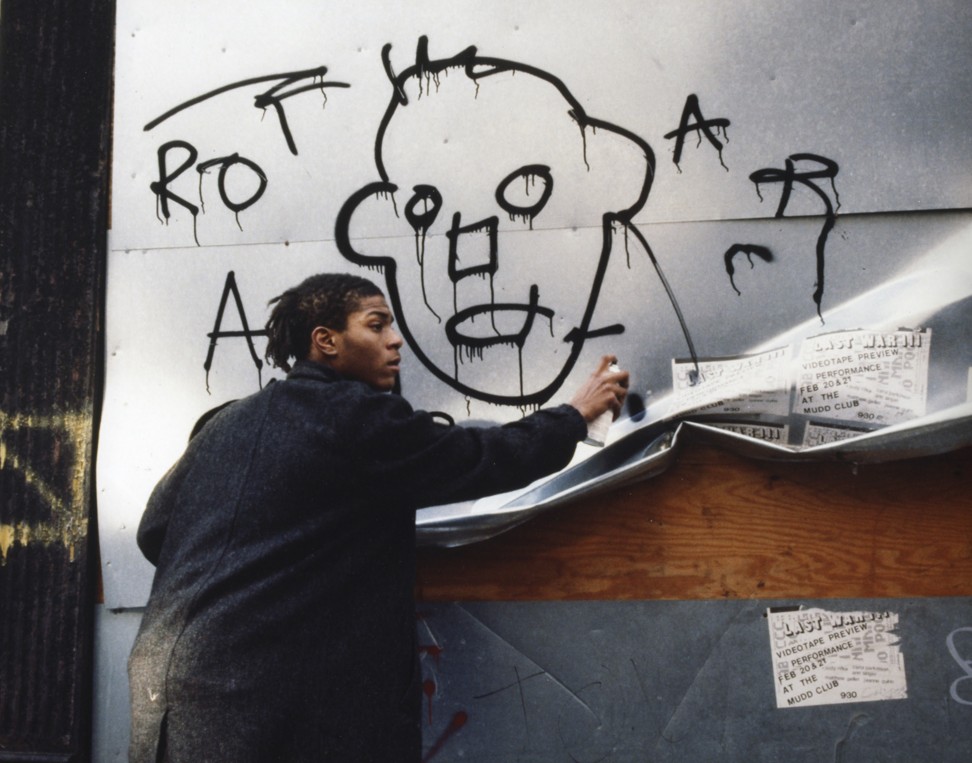
Nairne said Basquiat had a “seismic impact not just on contemporary art, but much more broadly, in fashion and in media, whether it be Jay Z or Banksy”.
Born in 1960, Basquiat learned his trade in the late 1970s in the post-punk underground art scene in downtown New York. He was a protégé of pop-art icon Andy Warhol and became a pioneer of multimedia work.
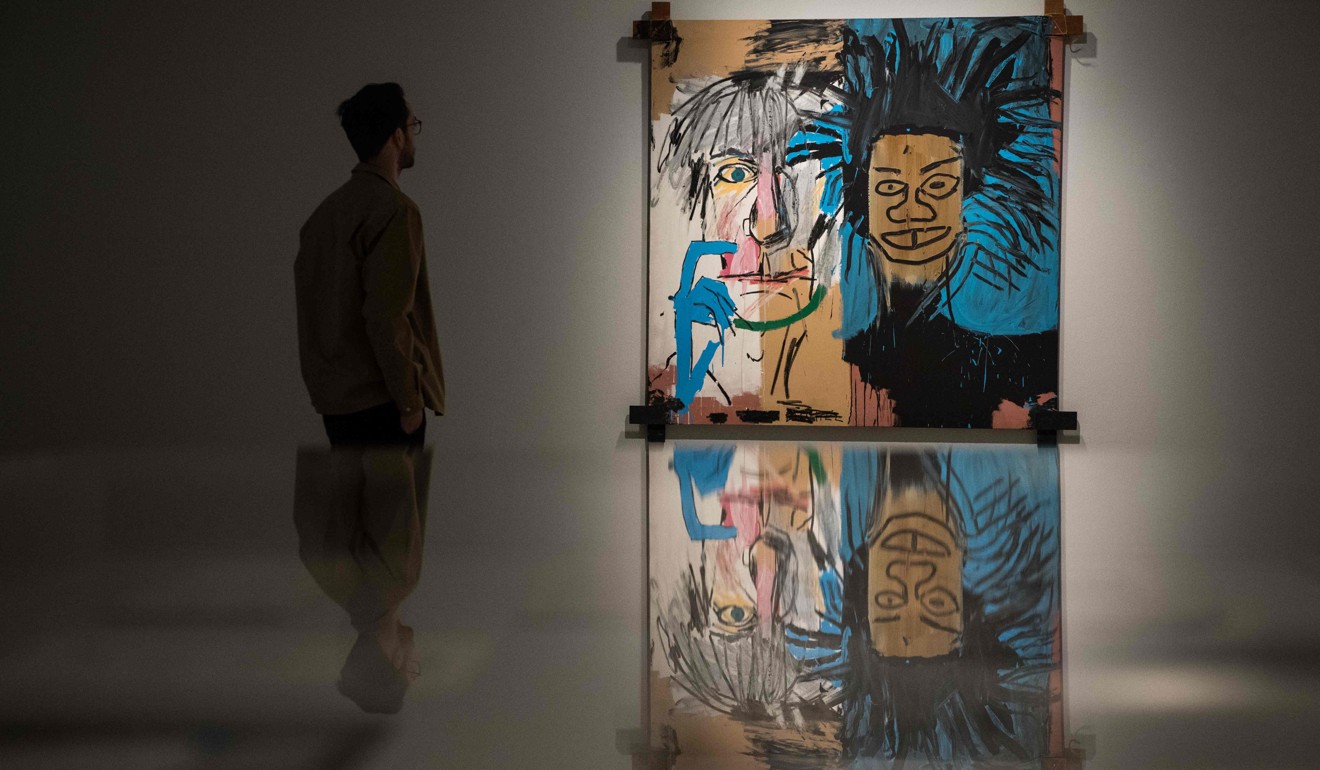
He also played in a band as part of the scene that spawned artists such as Blondie and the Ramones, and his use of chopped-up samples in his paintings echoed similar techniques being used at the same time by hip-hop pioneers like Grandmaster Flash.
“This is an artist who has this insatiable appetite for information,” Nairne said. “We might think of this as the beginning of the information age. He always had the television on in the studio, always had books spread open and music playing. He was able to sample from a lot of material.”
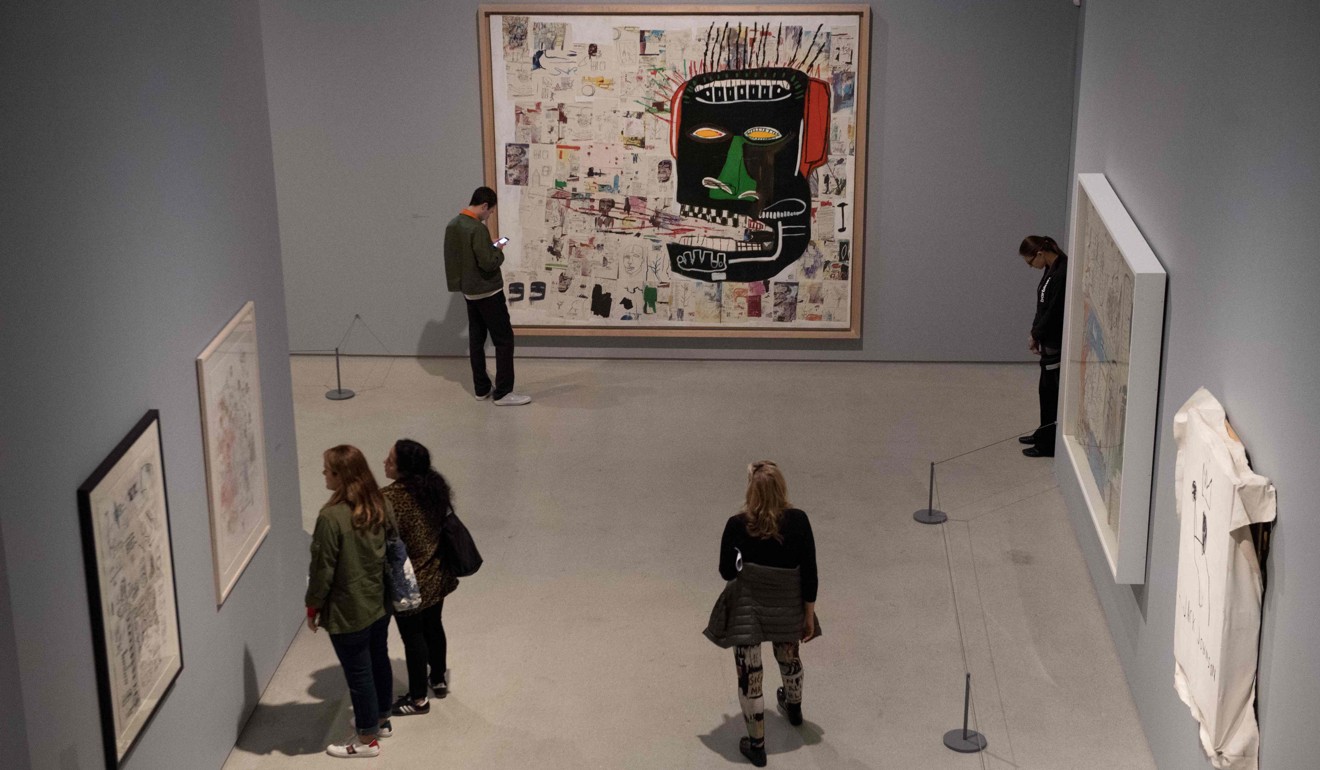
Since his death of a heroin overdose, Basquiat has had little exposure in Britain. But for three years the Barbican Centre worked with international museums and private collections to secure more than 100 of Basquiat’s works, from vast paintings like King of Zulu to handwritten poems influenced by beat poet William S. Burroughs.
British graffiti artist Banksy counts himself as one of Basquiat’s biggest fans, and caused a stir by producing two new works close to the Barbican. One pointed out the irony of holding the show in a neighbourhood largely devoid of street art.
Among those who came to survey Banksy’s latest works were Sharon De Boos and her young daughter Elise. “I wanted to show my daughter – she’s never heard of Banksy,” De Boos said. “It’s something different.”